The railroads also allowed information to be passed from city to city accountancy at great speed. Each township previously decided when the day began and ended by general consensus. This was changed to a uniform system in 1883 because it was necessary to have goods delivered and unloaded at certain stations at predictable times. Thanks to the newly invented printing press, his book was mass produced and became a big hit. One of the first readers was Leonardo da Vinci, who at the time was painting The Last Supper. Pacioli’s encyclopedia had a section on the mathematics of perspective painting which fascinated da Vinci.
Corporate Finance

If it has your signature as a CPA, we expect that you reviewed and recorded that properly. But unfortunately, sometimes lapses happen and CPAs forget what they signed https://www.bookstime.com/ for. An accountant must always have the importance and value of her signature in her heart.” Wash SyCip could not have put it any better. During the reign of Emperor Augustus, the Roman government gained access to detailed financial information. The “Res Gestae Divi Augusti” served as an account to the Roman people, listing and quantifying various expenditures, grants, and distributions, demonstrating the scope of accounting information available to the emperor.
Links to Learn More About Accounting
- The innovation made bookkeeping more efficient and provided a clearer picture of a company’s overall strength, but this record was only for the owner who hired the bookkeeper.
- Although historians haven’t uncovered a record of accounting practices during this time, they point to the first exchange of goods or services as the likely start of some form of record keeping.
- Moreover, his teachings on ethics and social responsibility continue to guide modern professionals in their decision-making processes.
- The third volume of Pacioli’s Divina proportione was an Italian translation of Piero della Francesca’s Latin book De quinque corporibus regularibus.
- As a result, in this post, we will learn a brief history of accounting so that you can quickly grasp and understand the history of accounting.
- Commonly known as “the father of accounting,” he published a textbook called “Summa de Arithmetica, Geometria, Proportioni et Proportionalita” in 1494.
Boldly harnessing this new technology, Pacioli was among the first to publish significant works in the field of mathematics. This, in turn, facilitated an increased understanding and appreciation of mathematics throughout Europe. Their collaboration resulted in Pacioli’s influential work, “De Divina Proportione,” which heavily depended on da Vinci’s knowledge of geometry and artistry. Luca Pacioli shared a deep friendship and collaboration with the renowned artist and inventor, Leonardo da Vinci. The two met in 1496 in Milan when Pacioli joined the court of Ludovico Sforza, and their collaboration transcended their mathematical endeavors.
- In Mesopotamia, the ancients used basic accounting techniques to calculate their gains and plan for the next harvest.
- Whole economies can rest on the expertise of accountants since many of the leading corporations employ one for everything from basic profit calculations to forecasting developments over decades.
- The practice of accounting has been around for many thousands of years and much of what we know of ancient civilizations are gleaned from their accounting records.
- The Tangs invented paper currency, with roots in merchant receipts of deposit as merchants and wholesalers.
- Without accounting, investors would be unable to rely on timely or accurate financial information, and companies’ executives would lack the transparency needed to manage risks or plan projects.
- This text ended up being the first of three parts to a series of books in which Da Vinci would contribute his realistic sketches.
Accounting

Italian monk Luca Pacioli revamped the common bookkeeping structure as part of the tradition of learned monks conducting high-level scientific and philosophical research in the 15th century. Commonly known as “the father of accounting,” he published a textbook called “Summa de Arithmetica, Geometria, Proportioni et Proportionalita” in 1494. By the middle of the 19th century, Britain’s Industrial Revolution was in full swing, and London was the financial centre of the world. Because there is a natural season to farming and herding, it is easy to count and determine if a surplus had been gained after the crops had been harvested retained earnings or the young animals weaned. Accounting evolved, improving over the years and advancing as business advanced.
- An analysis of publications with accounting content in Historical s reveals increasing interest among historians in the history of accounting.
- This extensive work served as a comprehensive summary of all mathematical knowledge known at the time.
- Early forms of accounting can also be traced in the Old Testament, as seen in the Book of Exodus, which describes the need for accounting materials used in the construction of the tabernacle.
- For better or worse, accountants provide essential services that determine, one account at a time, the fate of the next century in the developed world.
- Our senses collect information from our surroundings that our brains then interpret.

Accounting as a practice has existed since the earliest times of humanity. The first simple accounting records are found in the writings of Babylonian, Chaldeans, Assyrians and Sumerians in Mesopotamia. The time of theoretical accounting recognition is considered to be the year 1494, when Venetian mathematician Luca Pacioli published a book titled ? In addition to mathematical knowledge, Pacioli also wrote about the dual registration method and the accounting process.

